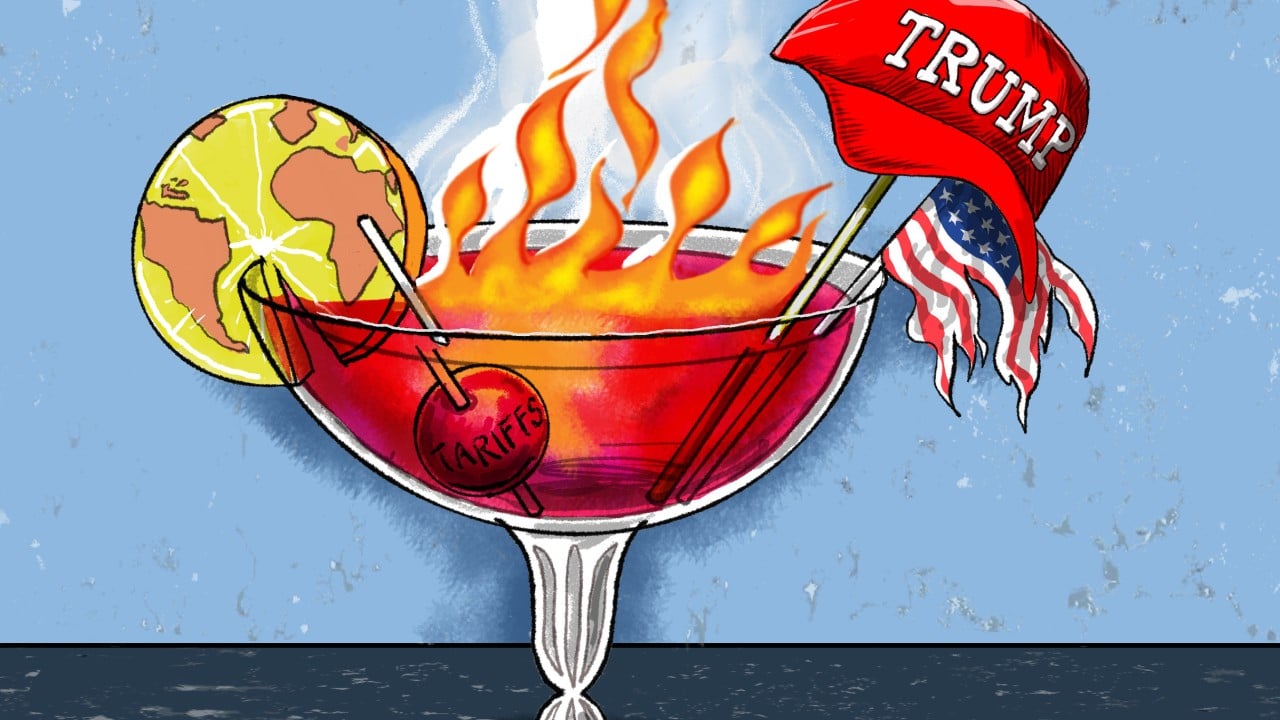US President Donald Trump’s unpredictability and the tariff war are complicating the tense transition of the world’s economic centre from the Global North to the Global South. However, an America at war with itself could make this shift even more volatile.
Advertisement
In April, Harvard University sued the Trump administration over its threats to freeze research funding. While Columbia University chose to comply with the White House, Harvard is fighting back in a defiant stand to defend academic freedom.
Trump’s attacks on elite US universities, including efforts to dismantle diversity, equity and inclusion programmes, have been challenged as both illegal and arbitrary, especially given their disproportionate focus on Ivy League schools. These attacks are further compounded by a sense of disorder: the demand letter sent to Harvard was reportedly issued without proper authorisation.
A similar haphazardness characterises Trump’s trade war with the world. He imposed – and later partially suspended – his “Liberation Day” tariffs without a clear rationale. Now-delayed tariffs were arbitrarily slapped on foes and allies alike, on top of a baseline 10 per cent hike that remains in place. Even islands inhabited mainly by penguins weren’t spared from tariffs.
Trump’s economic warfare is also fuelled by a tone of condescension. US Commerce Secretary Howard Lutnick questioned why economies like South Korea and Taiwan should be leading in the production of appliances and semiconductors – industries he argues should be brought back to America.
Advertisement
Meanwhile, US Vice-President J.D. Vance recently said globalisation was meant for wealthy nations to move further up the value chain while poorer countries focused on simpler things. Such a view only reinforces the perception that the US seeks to keep formerly colonised nations in the Global South trapped at the bottom of that value chain.

